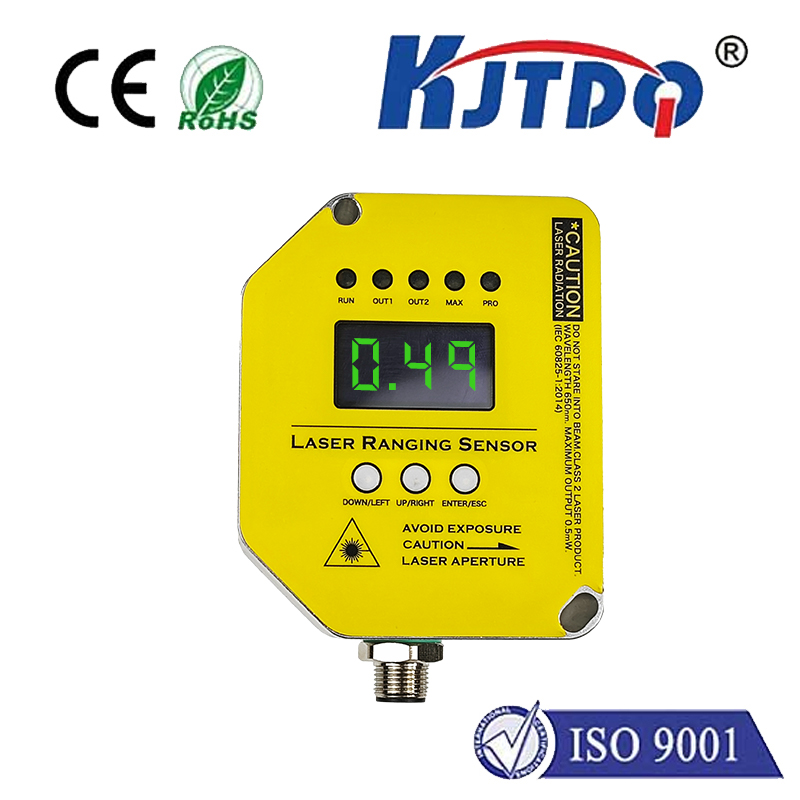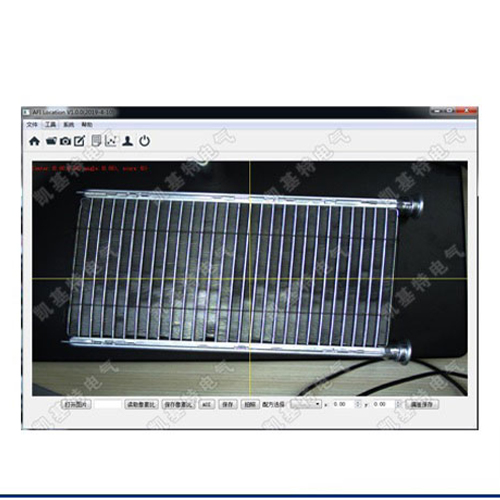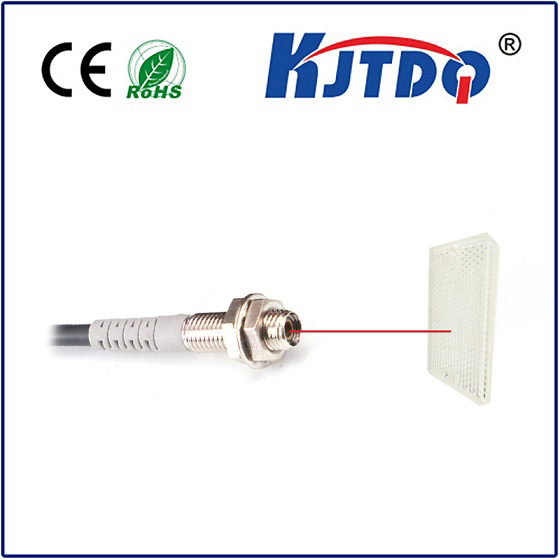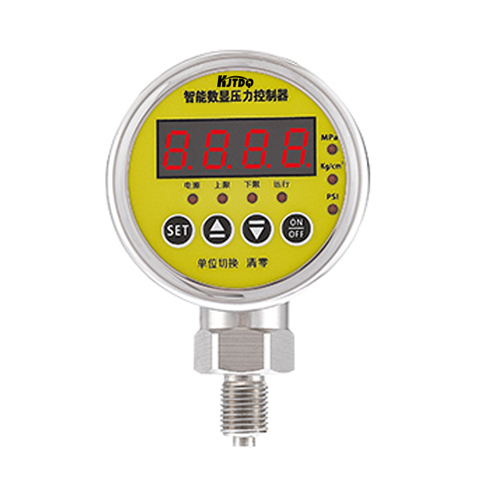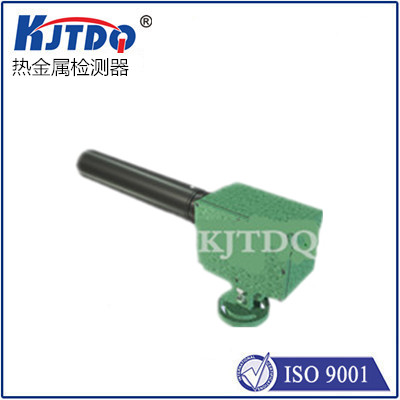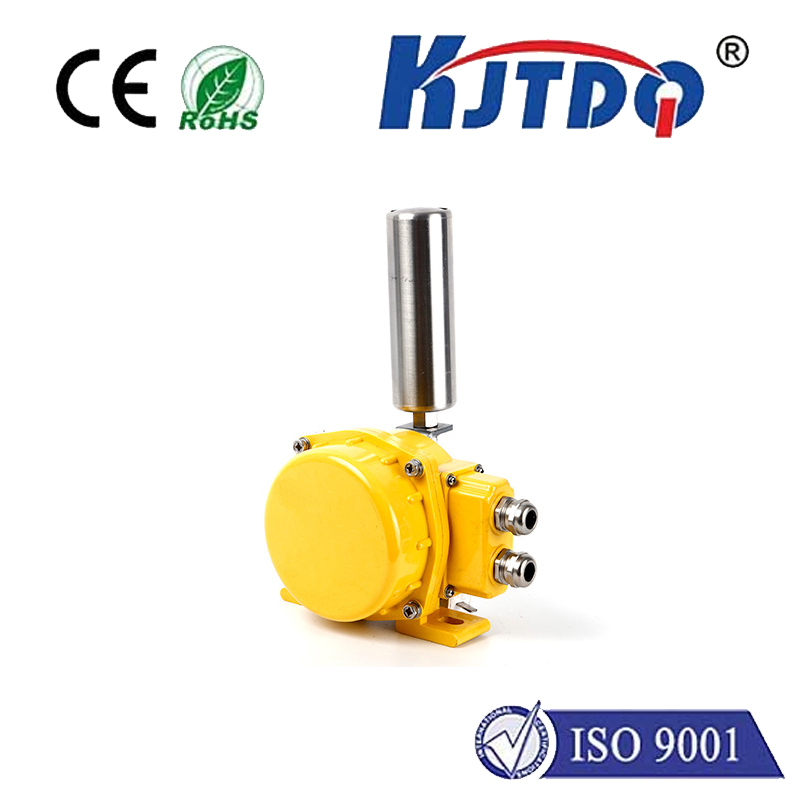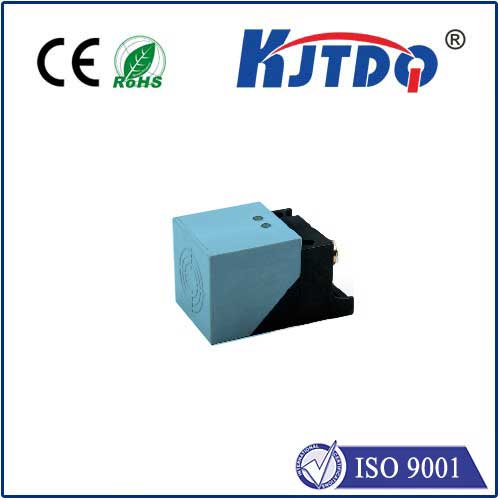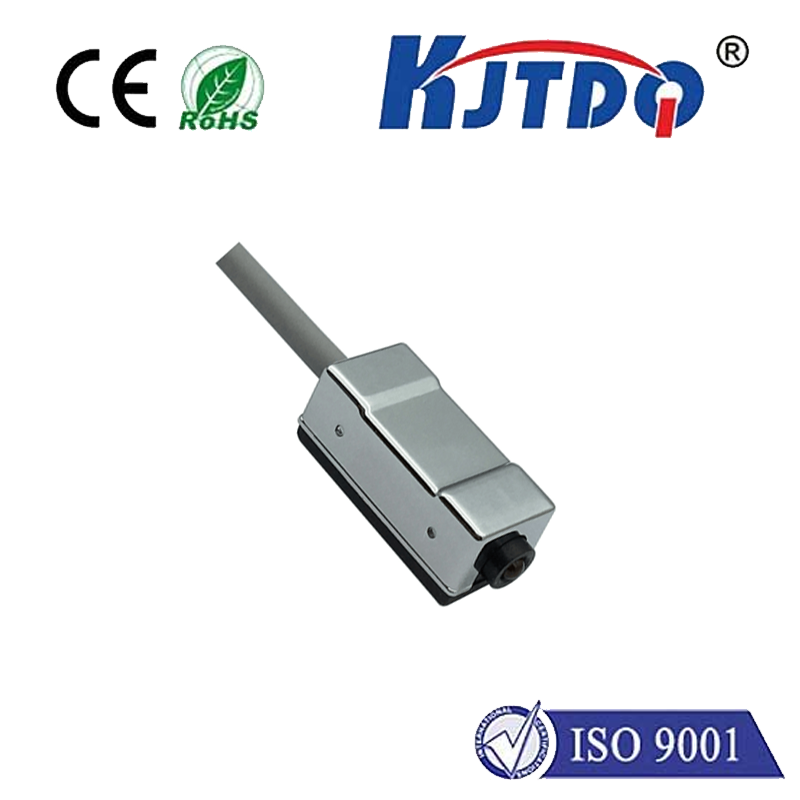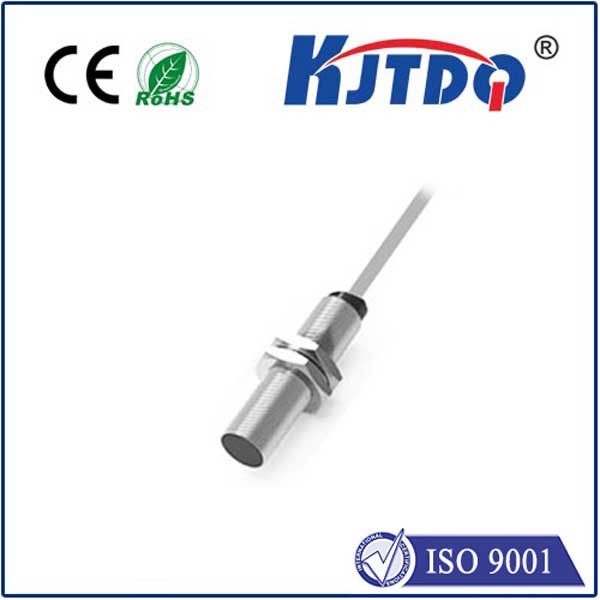1 8 npt temp sensor
- time:2025-08-24 04:37:16
- Нажмите:0
1 8 NPT Temp Sensor: Your Compact Solution for Precise Pipeline Monitoring
That elusive leak, the unexpected pressure drop, the equipment running hotter than specs allow – often, the culprit lies hidden within the labyrinth of pipes and vessels. Monitoring conditions inside these critical pathways isn’t just beneficial; it’s essential for safety, efficiency, and preventing costly downtime. Enter the often-overlooked hero: the 1 8 NPT temp sensor. This compact, rugged device is specifically engineered to integrate seamlessly into fluid and gas systems, providing vital temperature data right at the point of action.
Understanding “1 8 NPT” is key. “NPT” stands for National Pipe Tapered Thread, the predominant standard used in North America for joining pipes and fittings in pressurized systems. The taper creates a mechanical seal as the male and female threads tighten. “1⁄8” specifically refers to the nominal pipe size – in this case, indicating a very compact thread diameter. While a 1⁄8” NPT male thread’s major diameter is approximately 0.405 inches (about 10.3 mm), its compact nature is invaluable.
Why Choose a 1⁄8 NPT Temperature Probe?
The primary advantage of this specific size boils down to space constraints and targeted measurement:

- Compact Installation: In densely packed systems like hydraulic power units, complex machinery, refrigeration circuits, instrumentation panels, or smaller vessels, full-size sensors (like 1⁄4” or 1⁄2” NPT) often simply won’t fit. The 1⁄8 NPT profile offers a minimal footprint, allowing installation where larger probes are impossible.
- Point-Specific Monitoring: Need to monitor the temperature immediately after a pump, right before a control valve, or within a specific manifold block? The small size allows for precise sensor placement exactly where the data matters most, without requiring significant modifications to the system.
- Cost-Effective for OEMs: For original equipment manufacturers designing compact systems, integrating a small, standardized sensor thread minimizes machining complexity and cost compared to larger ports or custom fittings.
- Standardization and Availability: Being an NPT standard ensures wide compatibility with readily available fittings (elbows, tees, couplings, adapters) and thermowells (protective sleeves that isolate the sensor from the process fluid, crucial for maintenance and harsh environments).
- Adequate for Many Fluids/Gases: While size limits its use for very high flow rates or extremely viscous media where larger wells are needed, it’s perfectly suited for monitoring oils, fuels, water, refrigerants, compressed air, steam (with appropriate material selection), and many other common industrial fluids and gases.
What’s Inside? Core Temperature Sensing Technologies
A “1 8 NPT temp sensor” refers to the mechanical interface, not the sensing technology itself. These probes typically utilize one of two robust industrial-grade sensing elements:
- RTD Sensors (Resistance Temperature Detectors): Often platinum (Pt100 or Pt1000), RTDs offer excellent accuracy and stability over a wide range, especially suited for applications requiring precise measurement. They work on the principle that electrical resistance changes predictably with temperature. They are generally preferred where high accuracy is non-negotiable.
- Thermocouples (T/C): These sensors generate a small voltage proportional to the temperature difference between the measurement junction and a reference point. Types like J, K, or T are common in industrial settings. Thermocouples are known for their broad temperature range capability, faster response times (especially with exposed junctions), ruggedness, and generally lower cost than RTDs. They are ideal for very high temperatures or where rapid response is critical.
Key Applications: Where Small Size Makes a Big Impact
The 1⁄8 NPT temp sensor finds its niche wherever space is tight and fluid/gas temperature needs monitoring:
- Hydraulic & Lubrication Systems: Monitoring oil temperature in reservoirs, power units, after coolers, or within valve blocks is crucial for viscosity control and preventing overheating.
- Compressed Air Systems: Tracking air temperature post-compressor (before/after cooling) ensures dryer efficiency and protects downstream equipment.
- Refrigeration & HVAC: Monitoring refrigerant lines and coolant temperatures in chillers and other HVACR equipment.
- Small Engines & Power Generation: Monitoring coolant or oil temperatures in compact engines or gensets.
- Process Instrumentation Panels: Integrating temperature monitoring into complex manifolds or sample points.
- Chemical Processing: Monitoring reagent or process fluid temperatures in smaller lines or pilot systems.
- Food & Beverage: Monitoring temperatures in sanitary process lines (using compatible materials like 316SS) for smaller batch systems or utility lines.
- OEM Machinery: Embedded temperature sensing in machine tools, packaging equipment, pumps, and other factory automation where space is premium.
Critical Considerations for Selection & Installation
Choosing the right 1⁄8 NPT temperature probe goes beyond just the thread size:
- Sensing Element (RTD/Thermocouple): Select based on required temperature range, accuracy needs, and response speed.
- Temperature Range & Accuracy: Ensure the sensor’s specs meet or exceed your application’s requirements.
- Process Connection: While 1⁄8 NPT defines the thread, also consider probe length, insertion length (how far it penetrates into the process), diameter, and tip style (grounded tip for faster response, ungrounded for electrical isolation).
- Thermowell Usage: Strongly recommended for protection against flow, pressure, corrosion, abrasion, and to allow sensor replacement without draining the system. The thermowell must also have a 1⁄8 NPT thread and be compatible with the probe diameter. Material (e.g., 304SS, 316SS, alloy) must withstand the process fluid.
- Electrical Connection: Options include bare leads, terminal head, DIN connectors, or integral cables. Choose based on environment (moisture, dust) and connection point accessibility.
- Material Compatibility: Wetted parts (sensor sheath/thermowell) must resist corrosion or contamination from the process fluid at operating temperatures. 316 stainless steel is a common industrial choice.
- Pressure Rating: Ensure the sensor and thermowell (if used) are rated for the system’s maximum operating pressure.
Installation Best Practices:
- Ensure the pipe or vessel wall thickness where you tap the hole can support the NPT threads without compromising integrity. Use a proper pipe tap.
- Apply appropriate pipe thread sealant (e.g., PTFE tape or liquid thread sealant compatible with the process temperature and fluid) to the male threads. Apply tape correctly (clockwise for male threads, leaving first thread exposed).
- Tighten securely to create the taper seal, but avoid over-torquing, which can damage threads or the sensor body. Use wrenches on the hex flats provided on the sensor or thermowell body.
- Position the probe tip optimally within the flow (if in a pipe) – typically centered and extending into the thermal core of the fluid stream for the most representative reading.
Harnessing the Power of Compact Measurement
The 1 8 NPT temp sensor exemplifies how effective engineering solutions often come in small packages. By offering a standardized, space-saving interface for integrating vital temperature monitoring into pipelines and vessels, it empowers engineers and technicians to gather crucial data where it was previously difficult or impossible.

